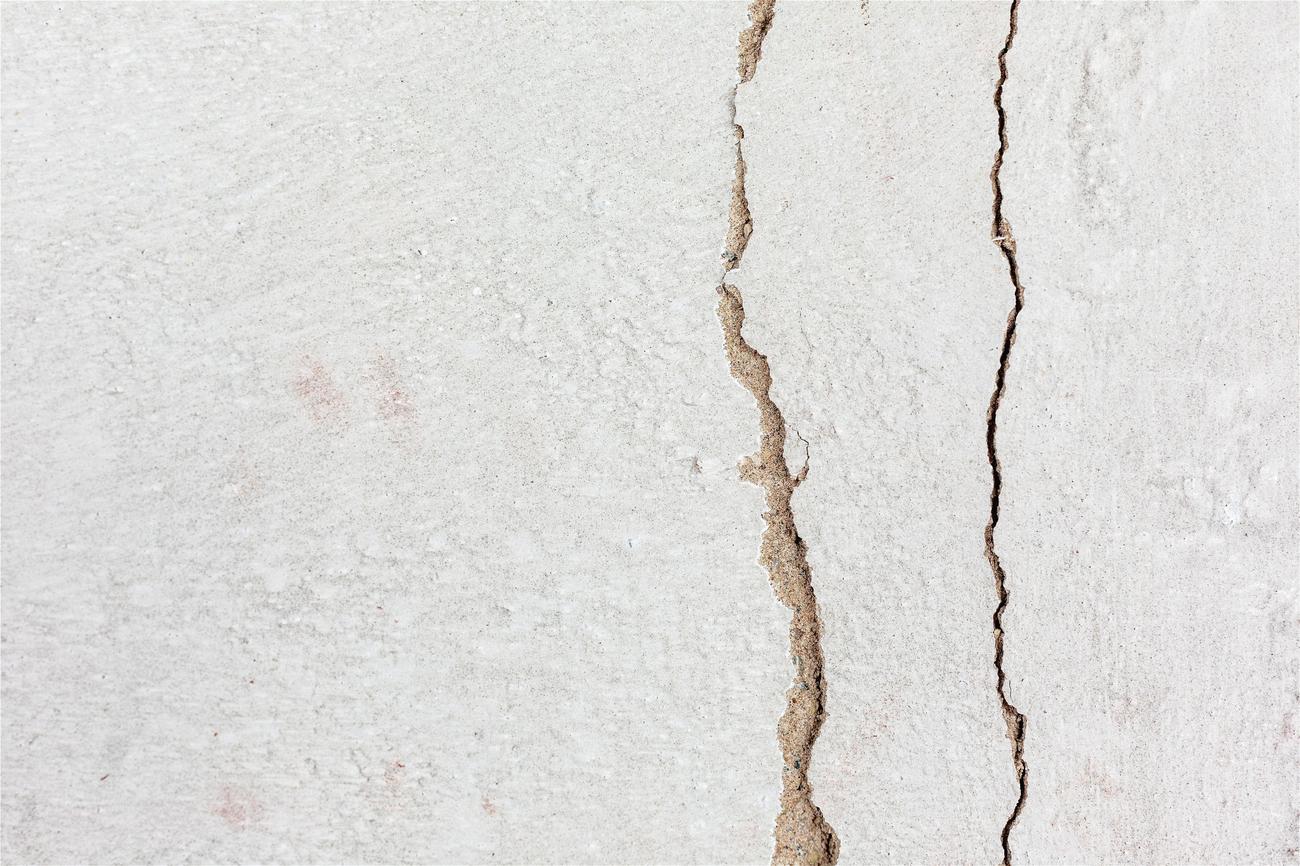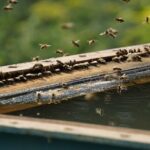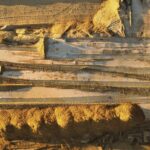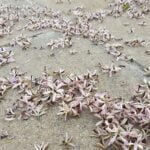Termites, those tiny yet highly intriguing creatures that thrive in seemingly silent colonies, hold a treasure trove of secrets waiting to be uncovered. As we delve into the world of termite communication, we unlock a realm of astonishing complexity and sophistication. In this article, we will embark on a journey to decipher the hidden language of these remarkable insects, shedding light on their intricate communication systems. Join me as we peel back the layers of mystery and unveil the secrets that have remained hidden for centuries – the secrets of termite communication.

Uncovering the secrets of termite communication
Termites, those small and seemingly silent insects, hold within their colonies a hidden world of communication. As an experienced entomologist, I have dedicated my life’s work to delving into this mysterious realm and uncovering the secrets of termite communication. Through my extensive research in insect behavior and social structures, I have come to understand the intricate web of chemical signals and pheromones that these fascinating creatures use to coordinate their activities. Join me on this journey as we decode the enigmatic language of termites and unveil the astonishing secrets hidden within their world.
Morphological identification underestimates termite species richness
Traditional methods of termite species identification rely on morphology alone, underestimating the true richness of termite species. However, recent advancements in DNA-based species delimitation techniques have revealed a whole new level of diversity, uncovering cryptic species within fungus-growing termites. By combining both morphological and molecular data, we can now obtain a more accurate and comprehensive understanding of termite species. This combined approach proves to be the method of choice for accurate termite species identification, ensuring we don’t overlook any hidden gems within the intricate termite world.
“Uncovering the secrets of termite communication not only requires understanding individual species, but also the larger picture of their incredible diversity.”
Termites and pest control: An important consultation
When termites are found in Termiwatch stations or any property, it is crucial to consult a local, fully insured pest control firm. These professionals possess the expertise and experience in dealing with termite infestations effectively. It is important to address the issue promptly as termites can cause significant damage to structures. By working with professionals, we can ensure the careful and controlled management of termite populations while minimizing potential harm to the environment.
“In the battle against termites, seeking expert help is the key to protecting our homes and preserving our ecosystems.”
Unlocking the savanna secret: Mound-building termites
Did you know that the termites living in the savanna of western Africa construct extraordinary meters-high mounds? These architectural wonders not only serve as homes for termite colonies but also play a vital role in regulating temperature and humidity. The intricate design and sheer scale of these mounds demonstrate the incredible engineering abilities of termites. Uncovering the secrets of their mound-building behavior opens up a world of knowledge and potential real-world applications.
“Termites, the master architects of the natural world, inspire us with their ingenious engineering feats.”
A silent alarm: Alarm communication in termites
Alarm communication in termites is an ancient strategy that predates the development of complex societies. Termites utilize chemical signals to warn their colony mates of impending danger, making communication a matter of life and death. These chemical alarms serve as an early warning system for threat detection, enabling quick and coordinated responses within the colony. By understanding the nuances of this alarm communication, we gain insights into the evolutionary origins of complex social systems.
“In the termite world, communication is the ultimate life-saving language, enabling cooperation and survival.”
The multifaceted communication of termites
Termites employ a diverse range of communication mechanisms, each tailored to different behavioral activities. From trail pheromones that guide foraging parties to the exchange of chemical signals for reproductive purposes, termites have evolved an extraordinary repertoire of communication tools. Unraveling the secrets of these subtle and complex interactions allows us to appreciate the depth of their social organization and provides invaluable knowledge for potential applications.
“Termites are the silent conductors of an intricate symphony, each communication bringing harmony to their society.”
The gut microbiome: A key to termite digestion
Termites possess a unique gut microbiome that enables them to digest a wide variety of lignocellulosic biomass, including recalcitrant plant material. This remarkable symbiotic relationship between termites and their gut microorganisms allows them to access an otherwise untapped food source. Understanding the composition and functionality of the termite gut microbiome provides insights into unlocking the secrets of lignocellulose degradation and potentially revolutionizing sustainable biomass utilization.
“Within the gut of a termite lies a microbial world waiting to reveal its secrets, showing us the way towards sustainable solutions.”
In conclusion, as we embark on the journey of uncovering the secrets of termite communication, we are granted access to a fascinating world of chemical signals and pheromones. Through understanding their diverse communication mechanisms, we gain insights into their social structures, ecosystem roles, and even potential applications. From the hidden diversity of termite species to the astonishing engineering feats of mound-building termites, we continue to unveil the mysteries that lie within the seemingly silent colonies. It is through the dedicated efforts of entomologists and the shared knowledge that we can truly decode the language and unravel the hidden secrets of termite communication.
“The ancient language of termites whispers to us a story of immense complexity, waiting to be heard and understood by those who dare to listen.”
Termites are truly fascinating creatures, and one aspect of their existence that never fails to captivate is their ability to build monumental structures known as termite mounds. These intricate mounds serve as the colonies’ homes, nurseries, and even air-conditioning systems. If you’re curious to delve into the mesmerizing world of termite mounds and uncover some mind-blowing facts, then you can’t miss out on discovering the mesmerizing secrets behind these architectural wonders. Click here to explore some intriguing termite mound facts and be amazed by nature’s engineering prowess.
To learn more about termite mounds and dive into the captivating realm of these tiny architects, click on this active internal link: Termite Mound Facts

FAQ
Question 1
What methods are used to identify different termite species?
Answer 1
The combined approach of morphology and molecular data is considered the method of choice for termite species identification. Morphological identification alone may underestimate species richness, but DNA-based species delimitation can uncover cryptic species in fungus-growing termites.
Question 2
How can a local pest control firm be of help when termites are found in Termiwatch stations?
Answer 2
When termites are found in Termiwatch stations, it is important to consult a local, fully insured pest control firm. They have the expertise and resources to effectively handle termite infestations and provide appropriate solutions.
Question 3
What kind of termite species builds meters-high mounds in the savanna of western Africa?
Answer 3
The species of termite that lives in the savanna of western Africa is known for building impressive meters-high mounds. These mounds are a remarkable example of termite architecture and highlight the unique behavior of this particular termite species.
Question 4
What secrets and potential applications have been discovered through research on termites?
Answer 4
Research on termites has unveiled a wealth of secrets and potential real-world applications. Techniques have been developed that could potentially replace chemical pest control, offering more sustainable and environmentally friendly solutions.
Question 5
What enables termites to feed on recalcitrant plant material?
Answer 5
Termites have a unique gut microbiome that enables them to digest a wide variety of lignocellulosic biomass, including recalcitrant plant material. Their gut microbiome plays a crucial role in breaking down complex organic compounds, allowing termites to efficiently extract nutrients from their food sources.
- Crypto Quotes’ Red Flags: Avoid Costly Mistakes - June 30, 2025
- Unlock Inspirational Crypto Quotes: Future Predictions - June 30, 2025
- Famous Bitcoin Quotes: A Deep Dive into Crypto’s History - June 30, 2025
















